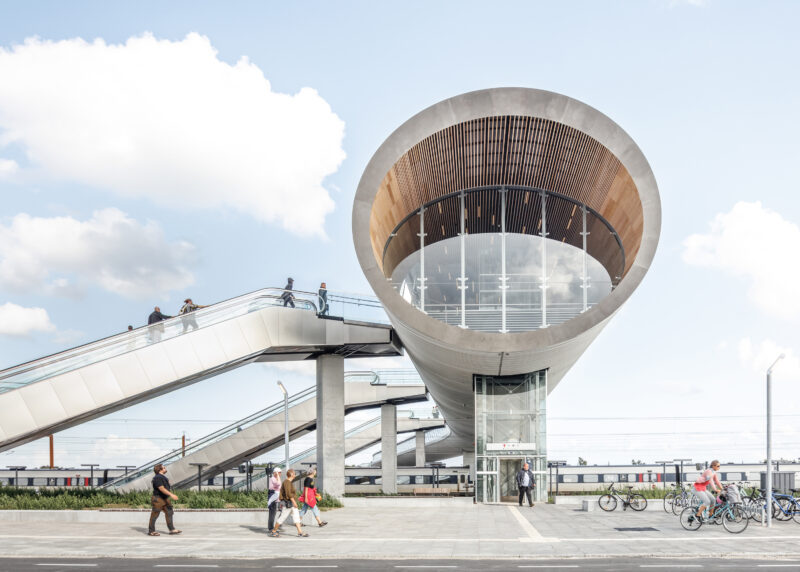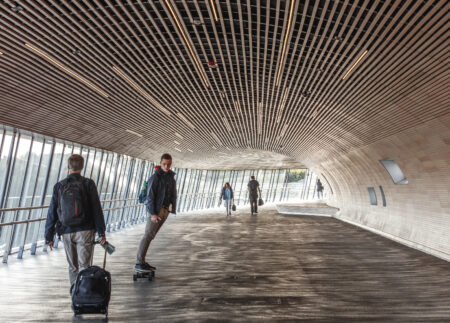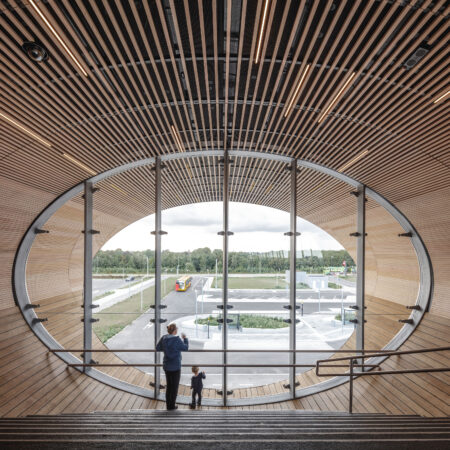Solution provider

Case
Public transportation
Urban infrastructure planning
Urban mobility


Add the case to your visit request and let us know that you are interested in visiting Denmark
“If Køge North Station represents the standard for station building in the 21st century, we are at the threshold of a new proud era in public transport.”
– Architectural Editor, Politiken
Køge North Station will take people efficiently and sustainably to and from the Danish capital. At the same time, the station is part of the expansion of the European rail network, whereby high-speed trains will connect Denmark with Germany and the rest of Europe.

The station's striking pedestrian bridge of 225 metres links the new, double-track railway for high-speed trains between Copenhagen and Ringsted with the existing S-train line across Køge Bay Motorway.
The architecture stimulates the good travel experience by creating both open prospects and intimacy; movement and zones for taking a break. The bridge is shaped as a long, curved tube with a slanting cut at each end. To the south, the facade serves as a sun cover, while the northern side is open with a 180-degree panoramic view.
The interior is boarded with wooden slats, which create warm and tactile surroundings for people transit and those waiting, and in the ceiling tracks, LED lighting emphasises users' movement through the pedestrian bridge. It is a welcoming space with a Nordic finish that contrasts with the cool, smooth exterior of aluminum that reflects the technology of the location.
 Catalyst for urban development
Catalyst for urban developmentIn the municipality's vision for the urban development of Køge, the station is the catalyst that will create sustainable transport in the area and attract a talented labour force. Køge North Station will be a dynamic gateway to Copenhagen for the 90,000 people passing through the area daily, and a significant part on the commute for the expected 8,000 daily users of the station.
In addition to the station and the pedestrian bridge, the construction consists of a green area with bicycle and car parking.